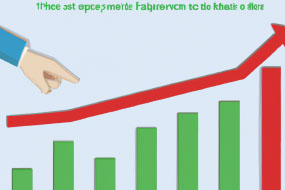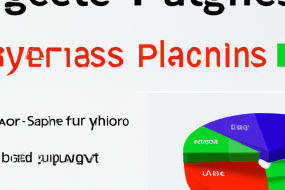
Search engine optimization (SEO) is a constantly evolving field that requires adapting to changes in user behavior and search algorithm updates. One factor that can significantly impact SEO results is seasonality, which affects search volume, search patterns, and consumer interests. Understanding the impact of seasonality on SEO is crucial for businesses to develop targeted SEO strategies that can maximize results throughout the year.
What is Seasonality and How Does it Impact SEO?
Seasonality refers to the fluctuation of demand and consumer behavior in response to changing seasons or events. For example, search volume for sunscreen products typically spikes during summer months, while searches for winter sports gear increase during winter months. As consumer interests shift with the changing seasons, so do search patterns. This can create both challenges and opportunities for businesses looking to optimize their SEO efforts. Businesses that understand the impact of seasonality on search patterns and consumer behavior can take advantage of seasonal trends to create targeted content strategies and maximize SEO results throughout the year.
How to Conduct Seasonal Keyword Research
To develop a seasonal SEO strategy, businesses must first conduct seasonal keyword research. This involves identifying high-volume, relevant search terms that are relevant to the specific season or event. For example, businesses may target keywords such as 'back-to-school supplies' in the late summer or 'holiday gift ideas' in the winter. Additionally, businesses should look at current search trends and emerging topics to stay ahead of the competition and tailor content accordingly.
Maximizing ROI with Seasonal Content
Seasonal content can be a valuable tool for businesses to increase organic traffic, engagement, and conversions. By developing content that is timely, relevant, and resonates with user interests, businesses can create a stronger connection with their audience, improve brand awareness, and ultimately drive sales. To maximize ROI with seasonal content, businesses should focus on developing content that is unique, visually appealing, and optimized for keywords and meta tags. Additionally, businesses should leverage social media channels and email marketing to promote seasonal content and increase visibility.
Conclusion
Seasonality can have a significant impact on SEO results, but it also offers numerous opportunities for businesses to maximize ROI through targeted content strategies. By conducting seasonal keyword research, developing engaging content, and leveraging social media channels and email marketing, businesses can stay ahead of the competition and connect with their audience on a deeper level. Ultimately, understanding and adapting to seasonal trends is crucial for maintaining a successful SEO strategy throughout the year.
















